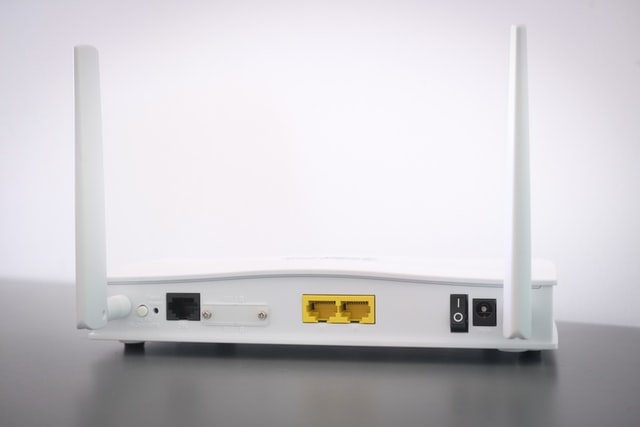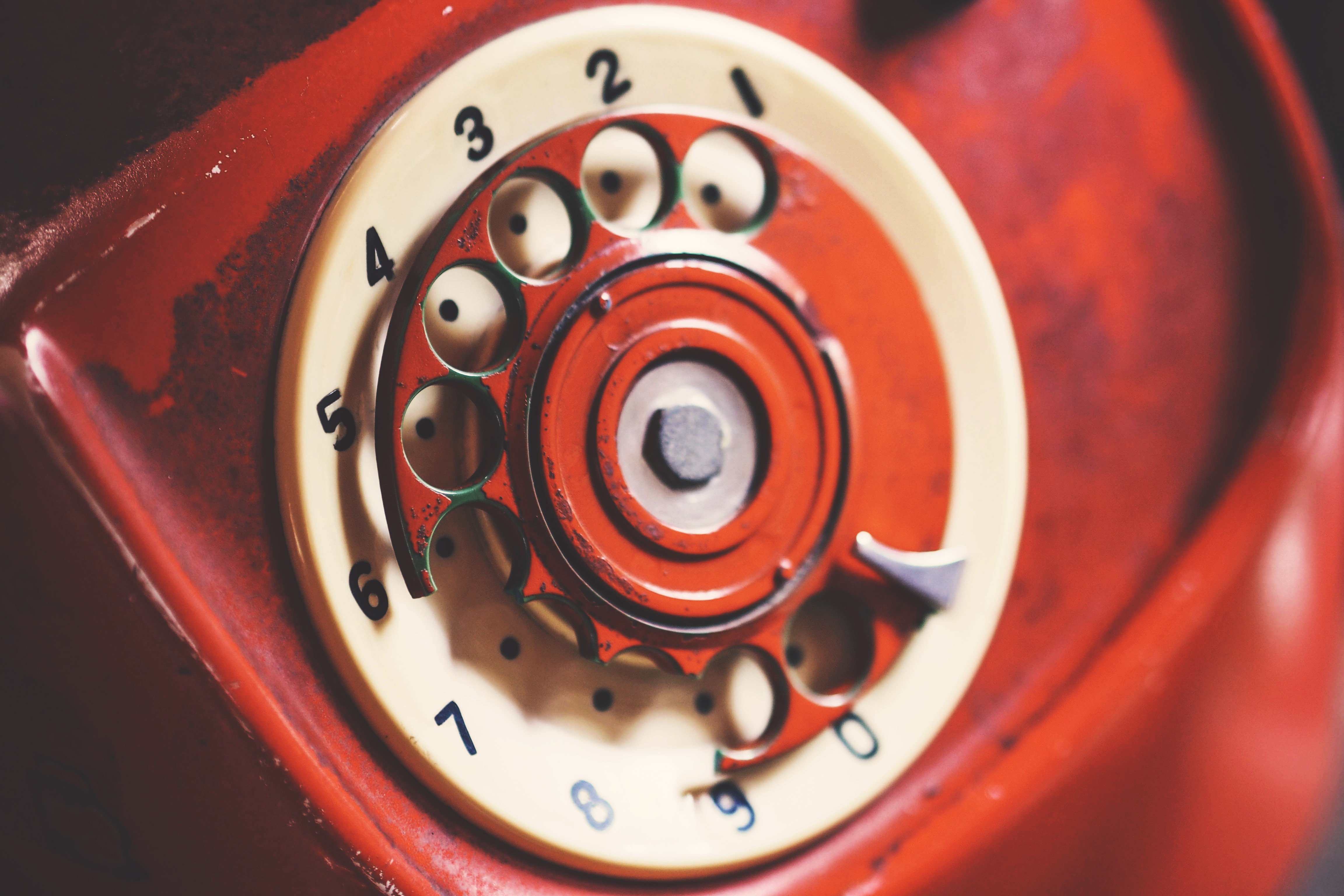2 min read
Why You Must Immediately Report a Cyber Claim.
It seems that every week, the news reports on yet another company that suffered a cyber breach. Law firms, even small firms, are not immune from...
We've crafted solutions tailored to your firm
The world of insurance for law firms can be confusing, and difficult to navigate. We've created this glossary because these common insurance terms should be easy to understand.
2 min read
 Mark Bassingthwaighte, Risk Manager
:
Feb 3, 2021 12:00:00 AM
Mark Bassingthwaighte, Risk Manager
:
Feb 3, 2021 12:00:00 AM

These days, most lawyers are taking appropriate steps to see that all work-related servers, computers, mobile devices, and cloud-based apps are properly secured. Unfortunately, the same can’t be said about all their personal devices and accounts. Admittedly, while more than a few give it the old college try, one personal device that is often overlooked is the wireless router in their homes.
Even if the amount of time spent working from home is minimal, all lawyers and staff need to make sure this device is properly secured. Not only is such a step now ethically mandated in a number of jurisdictions; but your clients expect you, as their lawyer, to take whatever reasonable steps are necessary to keep their personal information and your communications with them secure. Given that much of the workforce shifted to working from home in 2020, securing home routers has become particularly important because cyber criminals have shifted their focus to home devices. Heaven forbid your home router, or the home router of a staff person, ends up being the weak link that enables a successful breach into your office network.
The good news is that you don’t need to be an IT security expert to take care of most of the basics. Start by pulling out your instruction manual. If that’s no longer available, instruction manuals are often available online. Just do a search for it using your router make and model number. With that in hand, make sure to address the following recommendations if they have not already been taken care of:
There are additional steps one can take to further secure a home router but a follow-through with these most basic steps will go a long way toward seeing that your home router is properly secured. That said, one final note. I know that keeping track of long complex passwords can be a stumbling block for some. That problem can be easily solved with a password manager. Given all the login credentials we’re all trying to manage nowadays, the use of a password manager has quickly become a true necessity.
Since 1998, Mark Bassingthwaighte, Esq. has been a Risk Manager with ALPS, an attorney’s professional liability insurance carrier. In his tenure with the company, Mr. Bassingthwaighte has conducted over 1200 law firm risk management assessment visits, presented over 600 continuing legal education seminars throughout the United States, and written extensively on risk management, ethics, and technology. Mr. Bassingthwaighte is a member of the State Bar of Montana as well as the American Bar Association where he currently sits on the ABA Center for Professional Responsibility’s Conference Planning Committee. He received his J.D. from Drake University Law School.

2 min read
It seems that every week, the news reports on yet another company that suffered a cyber breach. Law firms, even small firms, are not immune from...

4 min read
This blog post is in partnership with LMG Security. With professional hackers and cybersecurity criminals posing a constant threat to law firms...

1 min read
The belief that a computer or network breach is a ‘when,’ not an ‘if’ is practically dogma now. Given this reality, every law practice, regardless...